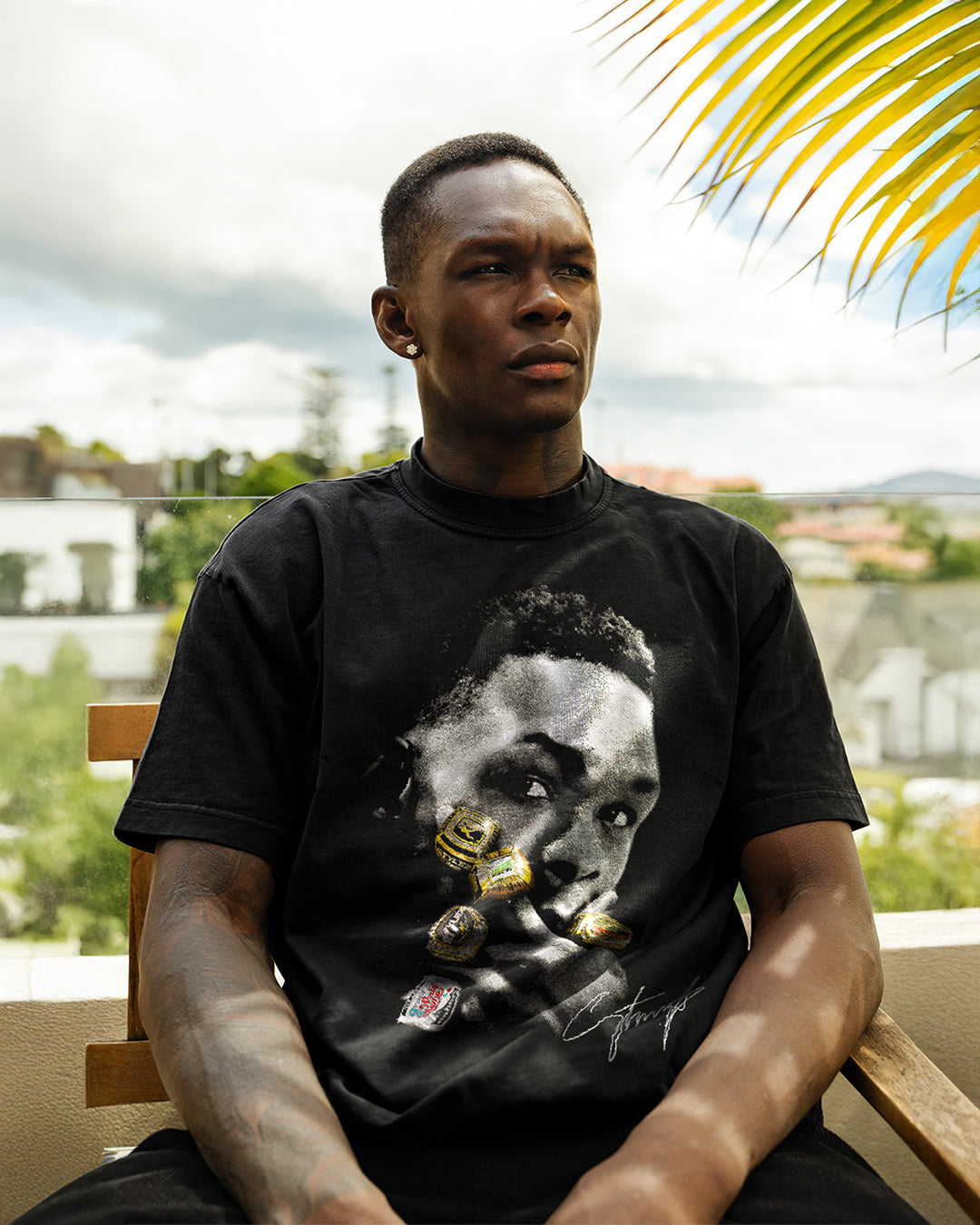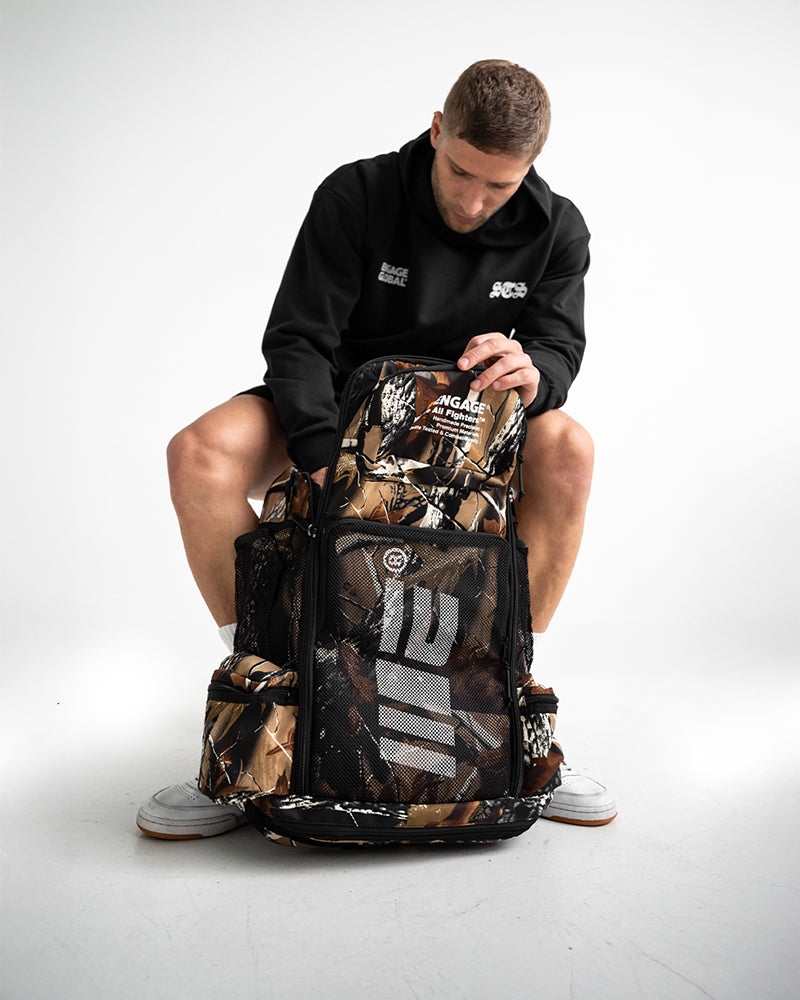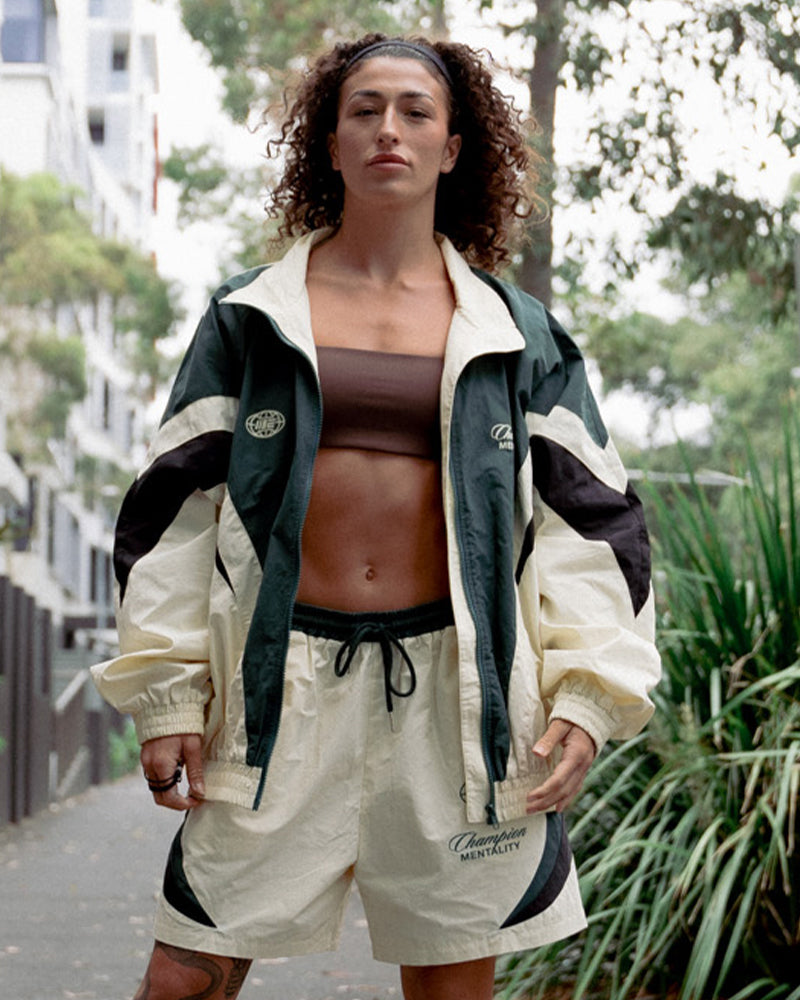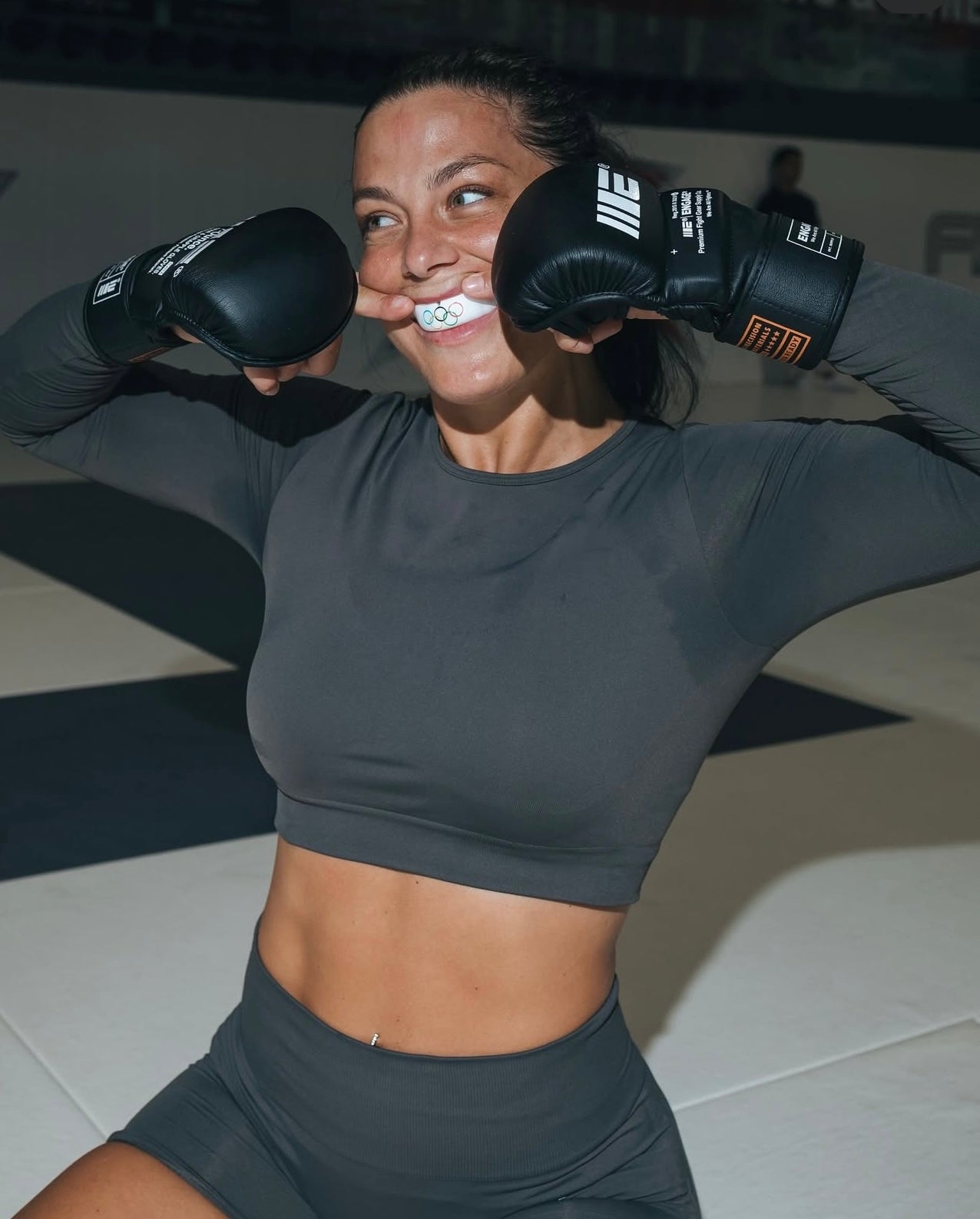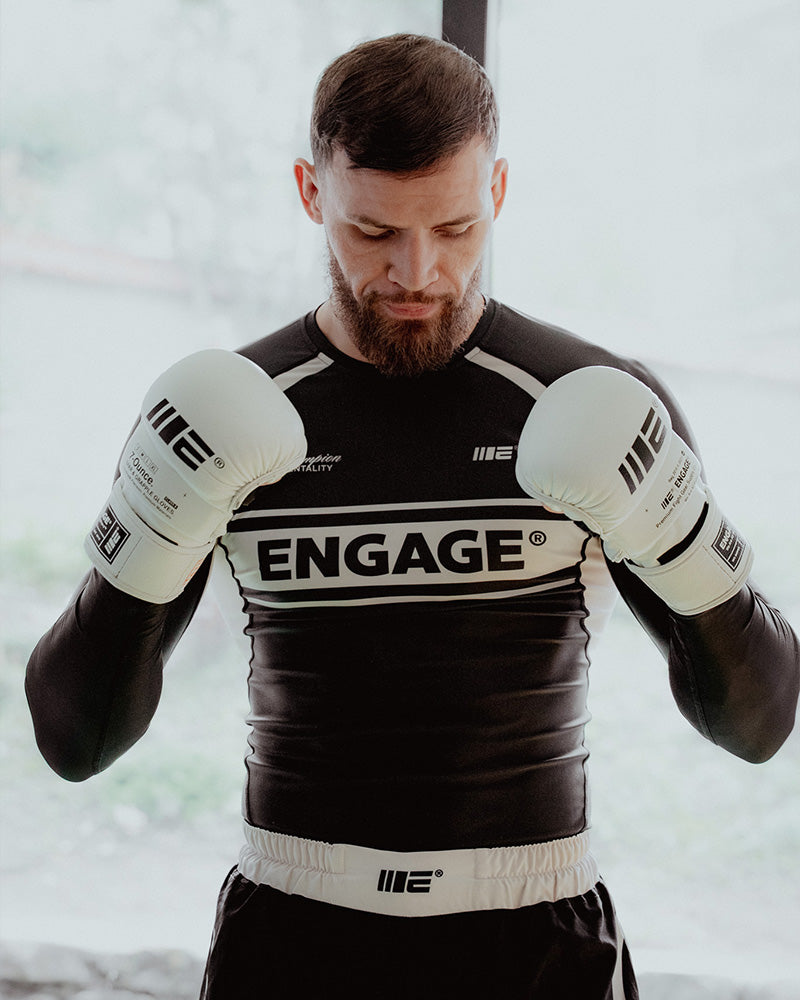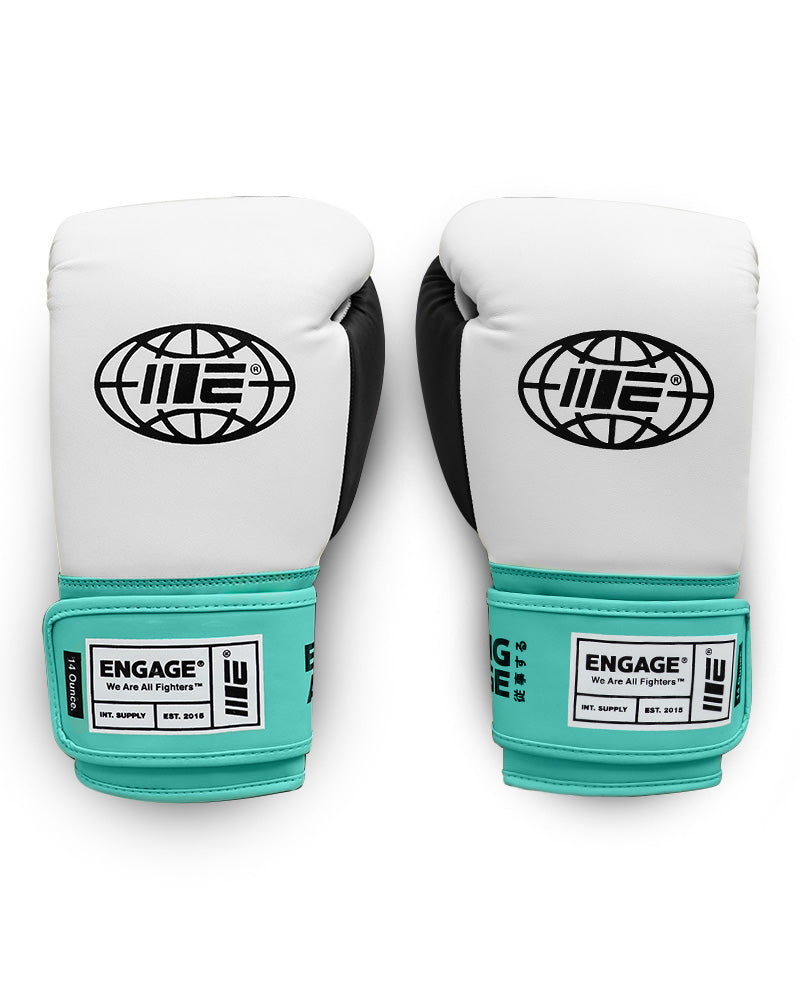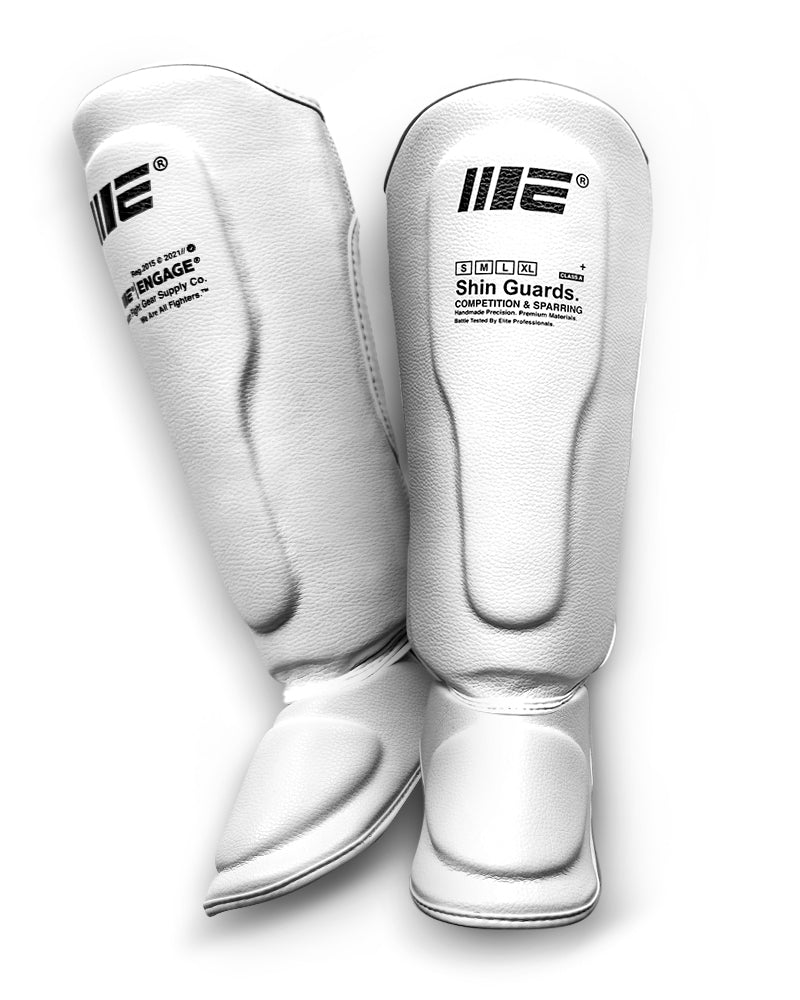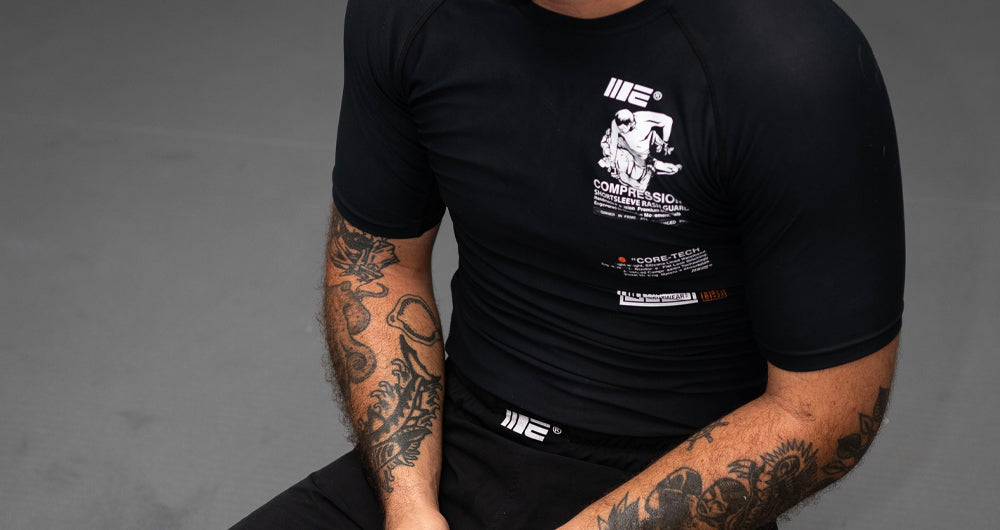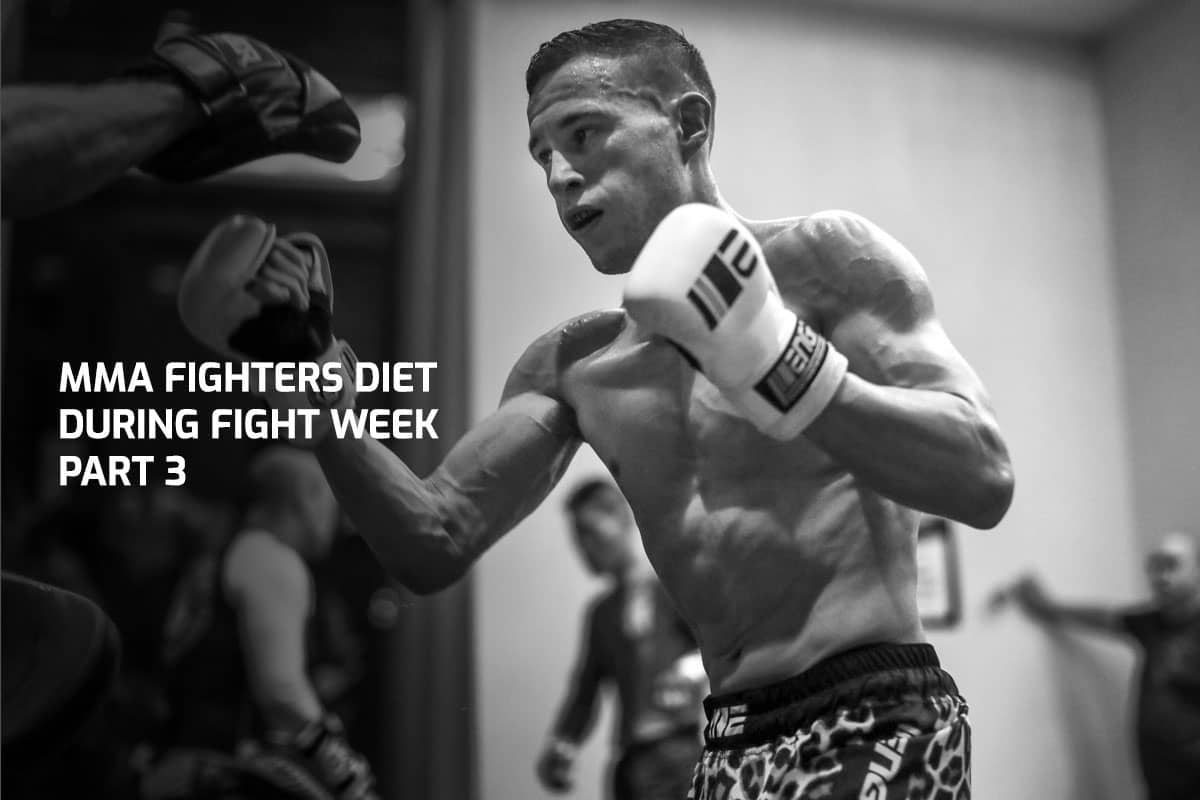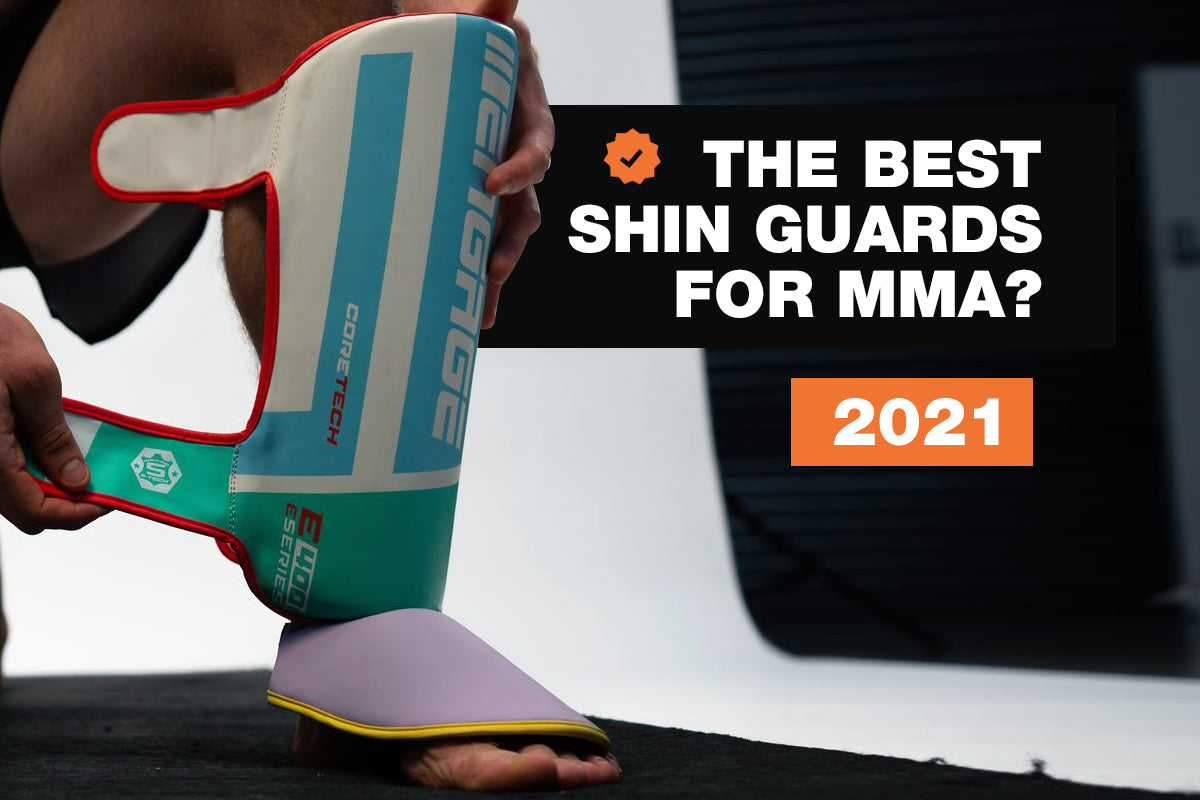The final stages of the Fight Week strategy include the fluid manipulation, or the ‘cut’ as most fighters refer to it as. This is potentially the most difficult and harmful practice a fighter can complete. For Kai, this process runs extremely smooth, here’s why.
As I stated in the previous article, we used a number of strategies during the week to artificially reduce Kai’s weight. By lowering fibre, reducing salt, depleting some glycogen and water loading we were able to wake up the morning of the weigh ins only having to sweat off 2.5% of his body weight. A marginal amount considering many fighters dehydrate between 5-10% the morning of weigh ins.
For Kai, we started our final cut just 90 minutes prior to the official weigh ins. We start by running a warm bath. The key word here is warm, because that is all it has to be. Too often fighters turn themselves in to soup by getting in to a boiling hot bath. Despite the lack of literature in this area, the following is what guides my practice in regard to bathing.
Cutting Weight with Warm Bath
The goal of the bath is to get the core temperature hot enough to induce sweating, our body’s cooling mechanism. When your core temperature increases, your sympathetic nervous system stimulates your eccrine sweat glands to secrete water to the skin. This process allows the transfer of heat from your body to your skin and then into the air, thus cooling your core body. A water temperature of 38 degrees Celsius will be adequate for the majority of fighters to adequately achieve this.
Kai spends approximately 10 minutes in the bath, and this is more than adequate to induce a good rate of sweating. This increased rate of sweating, which can be determined by how quickly sweat appears on the brow after being wiped off, is a good indicator that core body temperature has increased enough for the desired outcome. We then put on a sauna suit and go in to what is called ‘the wrap’.


